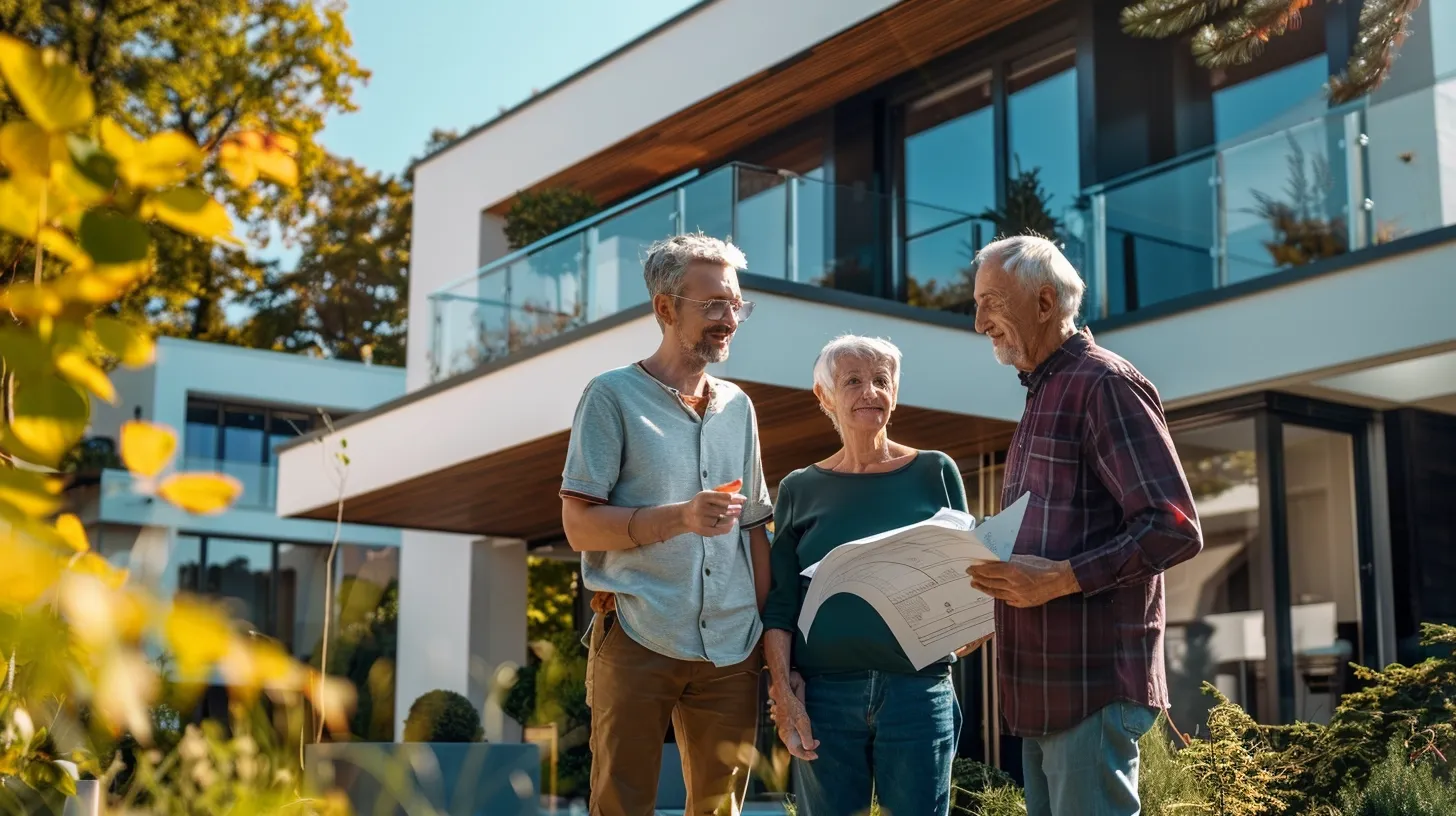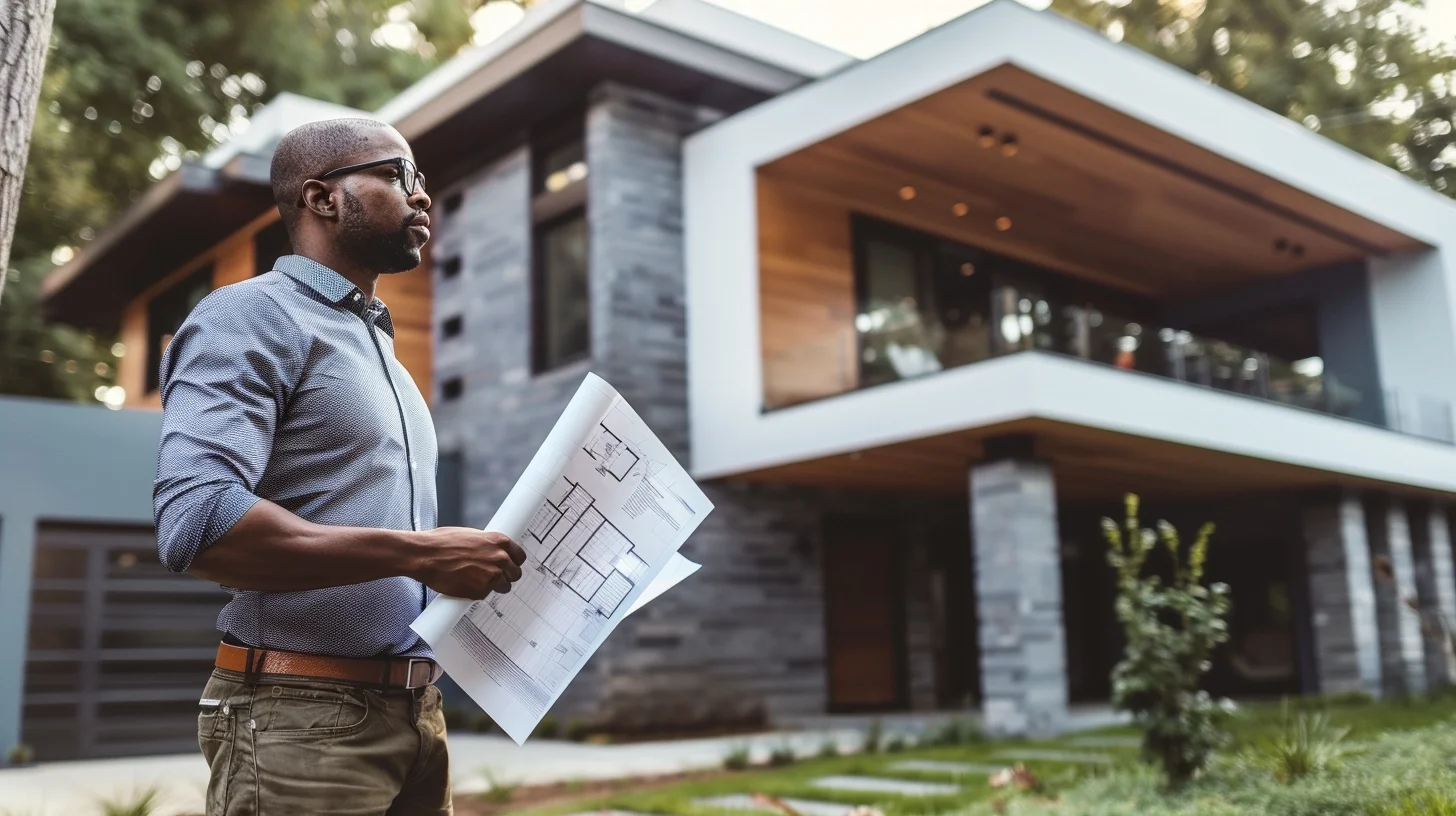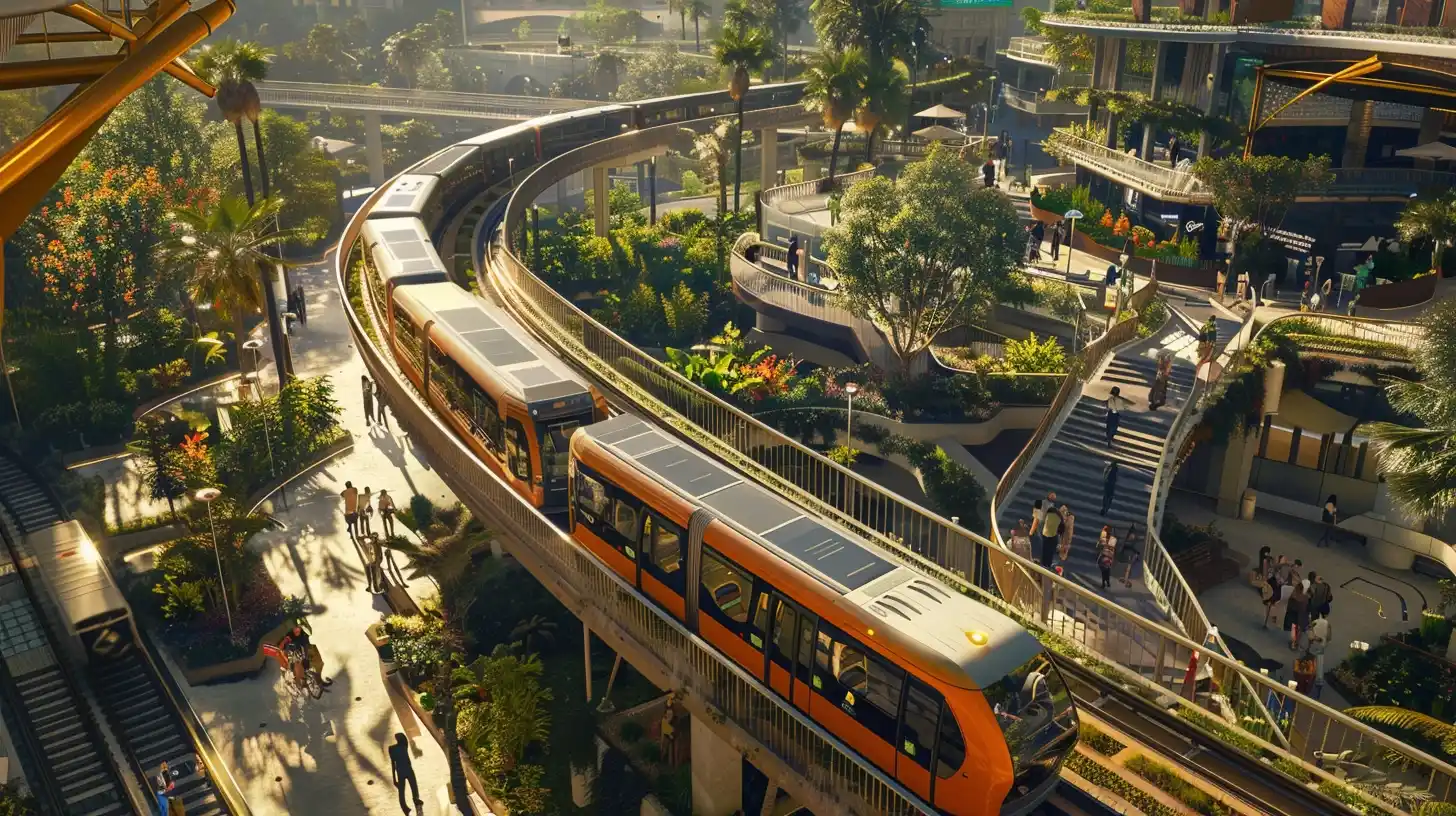
Improving Communities with Architectural Changes in Public Areas
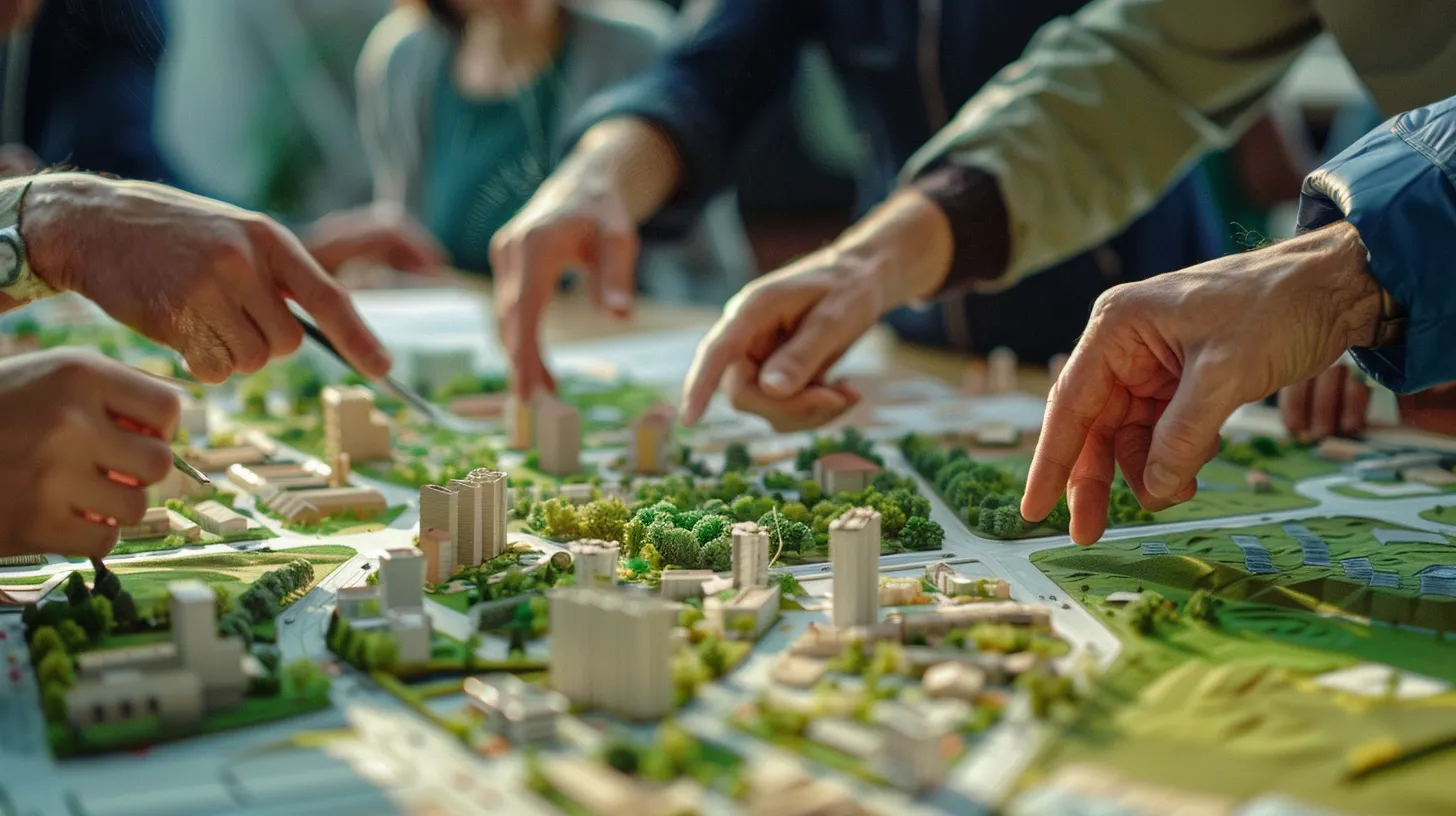
Architecture holds immense potential to shape the fabric of our communities, influencing how we interact, connect, and thrive together. From bustling city centers to quaint rural towns, the design of public spaces plays a crucial role in fostering a sense of belonging and improving overall quality of life. Today, we’ll look at how architectural changes in public areas can contribute to improving communities, addressing key aspects such as inclusivity, sustainability, and social cohesion.

Latest
Other Topics
Community Identity and Pride
Landscape architects and urban designers play a pivotal role in helping communities define and strengthen their unique identities through thoughtful design interventions. By incorporating elements that reflect a town’s history, culture, and values into public spaces, such as parks, streetscapes, and community centers, architects can instill a sense of pride among residents and attract visitors. These distinctive features not only serve as focal points for social interaction but also contribute to economic vitality by boosting tourism and local businesses.
Fostering Connectivity and Social Interaction
Shared spaces serve as vital hubs where people from diverse backgrounds come together to connect, engage, and build relationships. Whether it’s a bustling town square, a tranquil neighborhood park, or a vibrant community garden, well-designed public areas provide opportunities for meaningful interactions and collective experiences. By facilitating social cohesion and a sense of community belonging, architectural changes can strengthen the social fabric of neighborhoods and promote inclusivity.
Promoting Environmental Sustainability
In an era of increasing environmental awareness, architects have a responsibility to integrate sustainable design principles into their projects to minimize ecological impact and promote long-term resilience. From green infrastructure initiatives like urban parks and green roofs to energy-efficient building designs and water management systems, architectural changes can contribute to creating healthier, more sustainable communities. By prioritizing eco-friendly practices and utilizing renewable resources, architects can help mitigate the effects of climate change and enhance the overall environmental quality of public spaces.
Strategies for Community Engagement
In enhancing public areas, community engagement emerges as a cornerstone for successful architectural interventions. Architects and urban planners recognize the invaluable insights and perspectives that residents bring to the table, making collaboration with local communities an integral part of the design process. Let us look at the significance of community engagement and explore effective strategies for involving residents in the transformation of public spaces.
Inclusive Design Through Collaboration
Community engagement empowers residents to actively participate in shaping the future of their neighborhoods, ensuring that public spaces reflect their needs, preferences, and aspirations. By soliciting input from diverse stakeholders through community meetings, workshops, and online platforms, architects can gain valuable insights into the unique challenges and opportunities within a community. This collaborative approach not only fosters a sense of ownership and pride among residents but also leads to more inclusive and responsive design solutions.
“Engaging with the community is essential for creating public spaces that are truly inclusive and reflective of the local context. By listening to the needs and aspirations of residents, architects can co-create environments that promote equity, accessibility, and social cohesion,” emphasizes Sarah Lee, an urban planner specializing in community-led design processes.
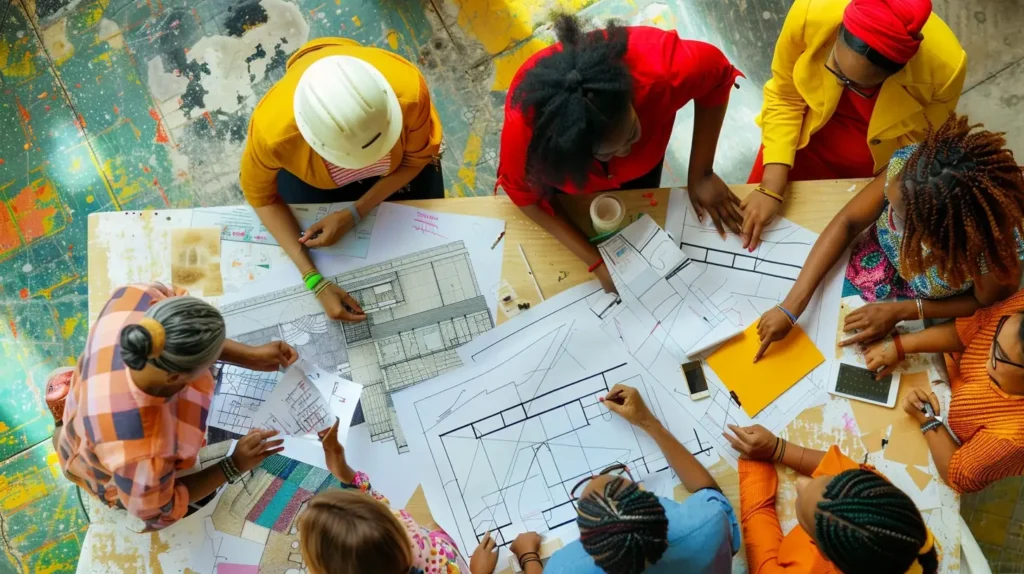
Placemaking as a Catalyst for Change
Placemaking initiatives offer a dynamic framework for revitalizing underutilized public spaces and transforming them into vibrant community hubs. By harnessing the collective creativity and resources of residents, businesses, and local organizations, architects can breathe new life into neglected areas, fostering a sense of place identity and community pride. Whether it’s activating vacant lots with pop-up parks, transforming alleyways into vibrant art corridors, or repurposing underutilized buildings for cultural events, placemaking initiatives have the power to revitalize communities and strengthen social connections.
“Placemaking is more than just beautifying public spaces; it’s about empowering communities to take ownership of their surroundings and create spaces that reflect their values and aspirations. By engaging residents as active participants in the placemaking process, architects can catalyze positive change and foster a sense of belonging,” explains David Brown, a placemaking expert with a passion for community-driven design.
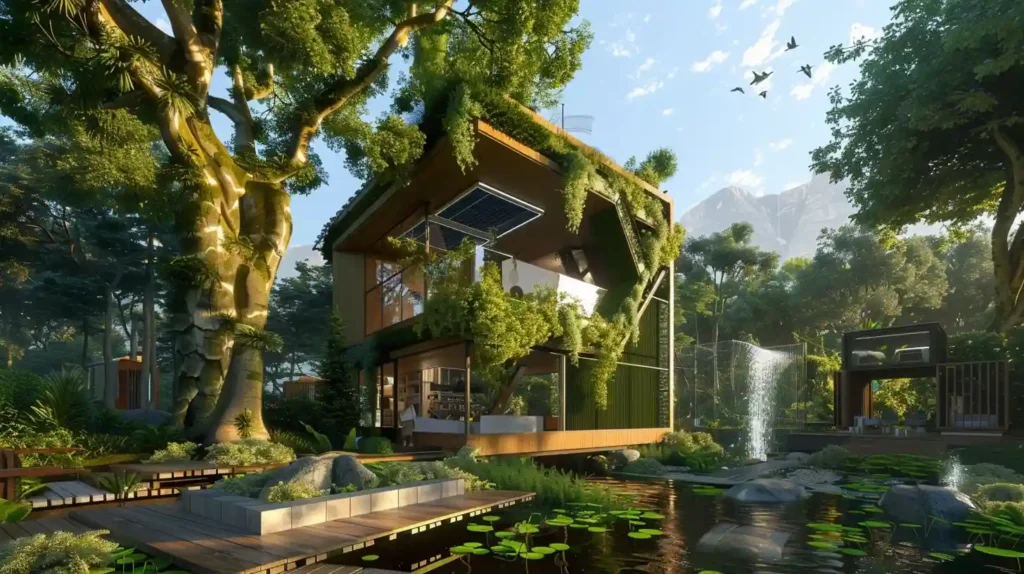
Leveraging Technology for Engagement
In an increasingly digital age, technology provides architects with powerful tools for engaging with communities and soliciting feedback on design proposals. From interactive virtual reality simulations and online surveys to social media platforms and crowdsourcing websites, architects can leverage a variety of digital platforms to reach a wider audience and gather input from diverse stakeholders. By harnessing the potential of technology, architects can foster greater transparency, accessibility, and inclusivity in the design process, ensuring that public spaces truly reflect the needs and aspirations of the communities they serve.
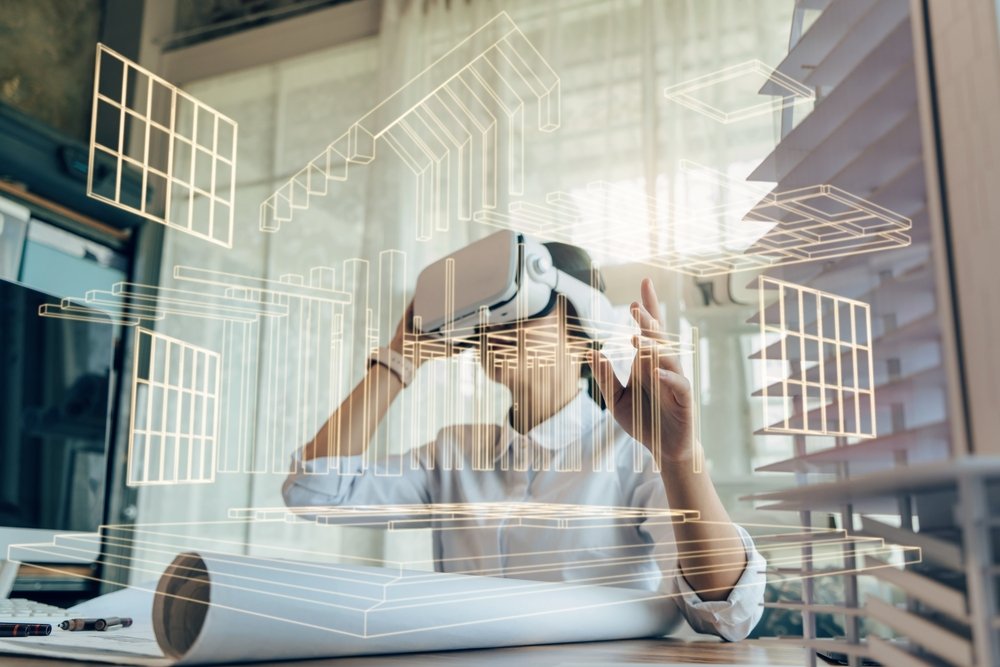
Role of Sustainable Architectural Design in Enhancing Public Areas
When it comes to architectural excellence, sustainability emerges as a guiding principle for creating public spaces that meet the needs of the present and safeguard future generations’ well-being. By integrating environmentally conscious design strategies and practices, architects can minimize the ecological footprint of public spaces and contribute to the broader goals of environmental stewardship and climate resilience. Let us look at the role of sustainable design in enhancing public areas and shaping a greener, more sustainable future for communities.
Harnessing the Power of Passive Design
Passive design principles offer a holistic approach to sustainable architecture, leveraging natural elements such as sunlight, airflow, and thermal mass to optimize indoor comfort and reduce energy consumption. By orienting buildings to maximize solar exposure, incorporating natural ventilation systems, and utilizing high-performance building materials, architects can create public spaces that are inherently energy-efficient and environmentally responsive. Passive design not only reduces reliance on artificial heating and cooling systems but also enhances occupant comfort and well-being, making it a cornerstone of sustainable architectural practice.
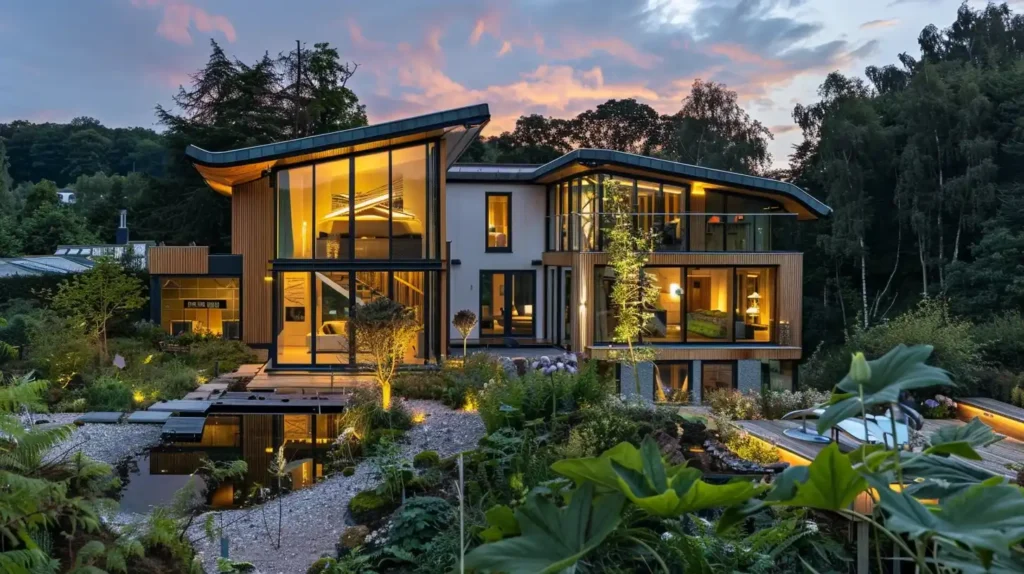
Embracing Renewable Energy Solutions
Incorporating renewable energy technologies such as solar panels, wind turbines, and geothermal systems into public space design offers a powerful means of reducing reliance on fossil fuels and mitigating greenhouse gas emissions. By harnessing the abundant energy resources available in the natural environment, architects can create self-sustaining public spaces that generate clean, renewable energy onsite. From solar-powered streetlights and charging stations to green roofs and solar canopies, integrating renewable energy solutions into public space design reduces environmental impact and promotes energy independence and resilience in the face of climate change.
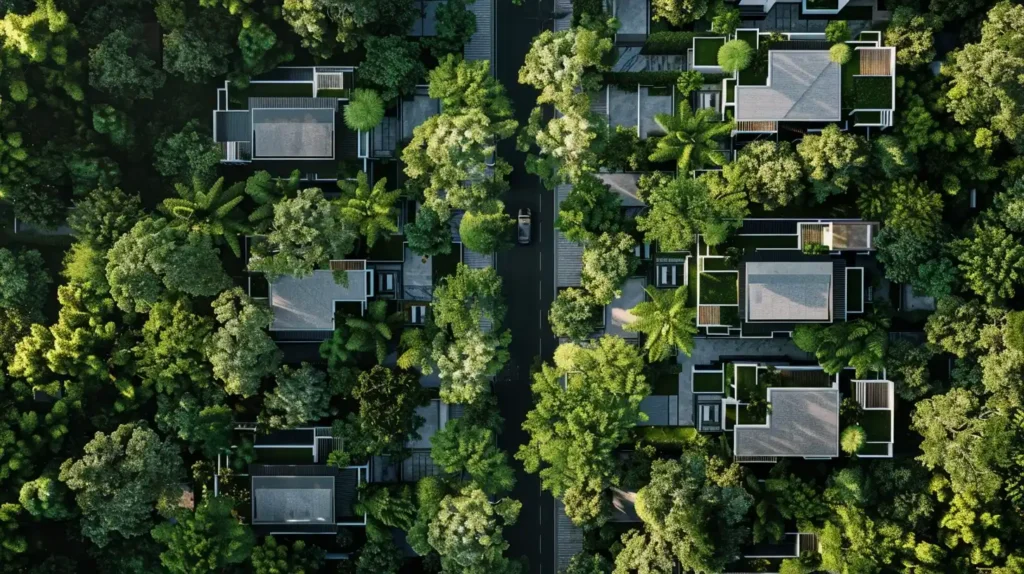
Prioritizing Resource Efficiency and Conservation
In addition to energy considerations, sustainable design also encompasses broader principles of resource efficiency and conservation, including water management, waste reduction, and materials selection. Architects can incorporate features such as rainwater harvesting systems, greywater recycling facilities, and low-flow fixtures to minimize water consumption and promote water conservation in public spaces. Similarly, by prioritizing durable, locally sourced materials with low embodied energy and high recyclability, architects can minimize the environmental impact of construction and reduce the carbon footprint of public space projects.
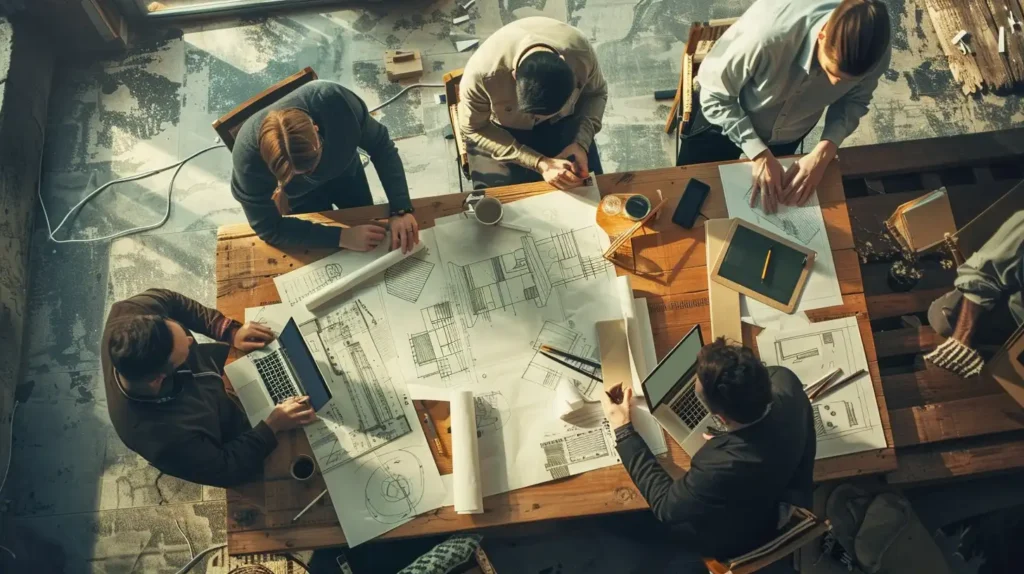
Conclusion
Sustainable design represents a powerful paradigm shift in the architectural field, offering a pathway towards creating public spaces that are environmentally responsible, socially equitable, and economically viable. By integrating passive design strategies, embracing renewable energy solutions, and prioritizing resource efficiency and conservation, architects can play a leading role in building a greener future for communities around the world.
Ready to get started on your sustainable design journey? Contact Designs Boss today to learn more about our environmentally conscious design services and start building a brighter, greener future for your community.

